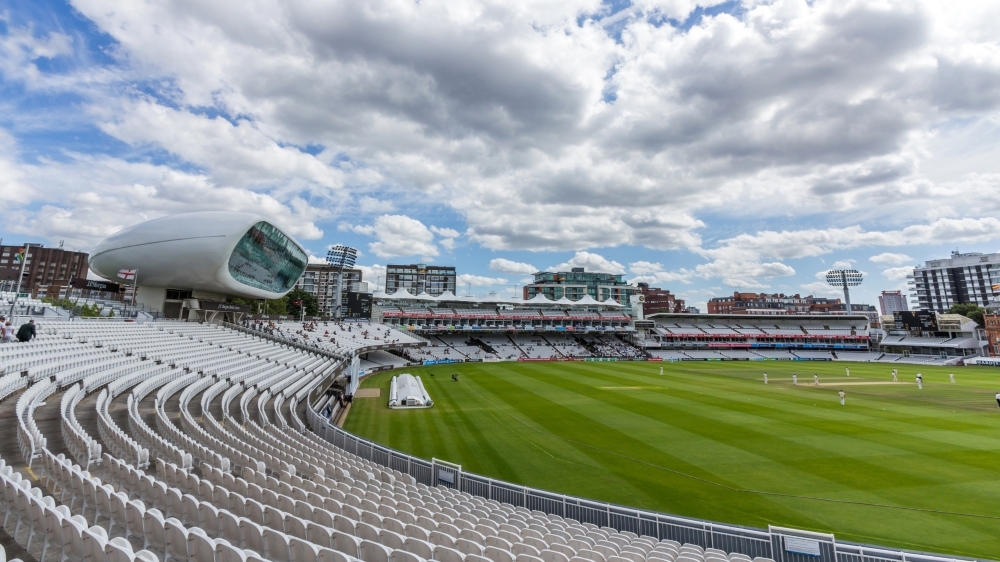An Exploration of Gothic Architecture
One of the most interesting aspects of architectural history is always evident in the naming conventions. Those responsible for giving a movement, style or trend its name are rarely the same people who create the work itself. Gothic Architecture is perhaps the greatest example of this that we have. It was famously coined as a derogatory term by the masters of the incoming Renaissance architecture in the 15th and 16th centuries. They suggested that the style itself was created by savages more akin to the Goths of early Germany and Sweden, with barbaric and unsophisticated design choices that were inferior to the Ancient Romans and Greeks they so admired.
However, as the countless Gothic Architecture revivals have consistently shown in the centuries since, this movement was integral to the development of what we understand as the built environment of Western Europe.

A Movement built on Morality and Divinity
Like so many mass cultural movements that had gone before it everywhere in the world, what became known as Gothic Architecture had its foundations in steering the general population towards an understanding of the faith that they were encouraged to practice. Upon the doors of the 12th-century Abbey Church of St Denis in Paris is a quote attributed to the architect of the building, Abbot Suger.
“Bright is the noble work; but being nobly bright, the work should brighten the minds, so that they may travel through the true lights…”
This wonderful structure is considered by many to be the birthplace of Gothic Architecture and Suger is seen as one of the most important figures who brought the style to life.
Key Characteristics of The Gothic
Creating an appreciation of the key characteristics of Gothic Architecture makes it possible to understand its aesthetic, functionality and purpose. It shows how it works together in order to define the buildings and spaces as Gothic and can further uncover the influence it has on the architectural movements that followed.
Pointed Arches
As building design moved away from the Romanesque fortress-like buildings, new elements were needed to provide more of the sacred light and space that churches and places of worship wanted to include. Arches used a pointed apex rather than a semicircular one to distribute the weight load more efficiently and therefore allowed for more windows and doors within the walls. This upward sweep was also encouraging visitors to draw their eyes to the heavens in spiritual contemplation.
Ribbed Vaults
Ribbed Vaults within these new structures were also created as a focus for more light to blend engineering with architectural wonder. Alongside the flying buttresses that took the strain of Gothic buildings, this was ‘function as form’ in an impressive way. Entirely new aspects of geometry and symmetry were now possible and used to best effect in the ornate ceilings that lent an otherworldly feeling to the buildings.
Stained Glass
The stained glass that is perhaps the most recognised architectural element of the Gothic made great use of all this new space afforded. Importantly, in a time of mass illiteracy, the biblical scenes they depicted were an opportunity for people to receive the stories and gain an understanding in an instant and visual way, leading the way for education and intellectual development on a much larger scale than had ever been possible.
Ornate Facades & Gargoyles
The ornate facades that masked much of the structural innovations also had a purpose. Often, the grotesque gargoyles that were perched at the top of these towering buildings were hiding the drainage systems designed to take away rainwater. Of course, they also served as a reminder of the demons that apparently lay in wait for those who dared not visit on a regular basis.
The Great Age of Gothic Architecture
From its beginnings in France, Gothic architecture spread across Europe in a great wave, with a rapidly advancing mastery and collection of techniques. In the modern age, we are left with some stunning examples of this spiritually driven craftsmanship that we are fortunate enough to be able to visit. Here are three of the very best.
Notre-Dame Cathedral, Paris
Completed by the mid-13th century in Paris, this may very well be the most celebrated example anywhere in the world. The awe-inspiring rose windows of over 13 metres in diameter are a testament to the dedication and intricacy of over two centuries of work. And its Gallery of Kings that watches over the entrance on the west façade is stunningly appropriate for such a transcendent interior that awaits one inside.
Cologne Cathedral, Cologne
The twin spires of Cologne Cathedral (Kölner Dom) that rise dramatically to 157 metres have bore witness to around 600 years of work that eventually led to the completion of this Gothic structure in 1880. They watched as the Gothic style came in and out of fashion, driven by visionaries such as Jean de Chelles and Pierre de Montreuil, with a project lasting generation upon generation of craftsmen families. The work of artist Gerhard Richter in 2007 is testament to the enduring appeal of Gothic Architecture, with its continuing dialogue between the past and present in this grand building.
Westminster Abbey, London
King Henry III commissioned this Gothic masterpiece in the mid-13th century, aiming to rival the new magnificence of his French counterparts. Master Henry of Reyns was at the helm with initial designs drawing heavily from another Gothic masterpiece, Reims Cathedral. The soaring vaults and stained glass certainly echoed the divine intent in French Gothic that had gone before. This building's ascent into the seat of the British monarchy was sealed as soon as the coronation throne, also known as St Edward’s Chair, was made a fixture and used for notable successions right up to the present day.
Gothic Architecture, and its many threads and revivals, remains a potent symbol of cultural heritage throughout the world. What was once maligned by the great thinkers of the day as primitive is now subject to lavish praise, not only for advances in engineering and design, but also for its radical reshaping of religious practice. Standing beneath these Gothic marvels with eyes drawn to their intricate spires and ceilings still evokes a sense of wonder, laid on its formidable foundations, which is hard to match in the world of architecture.



